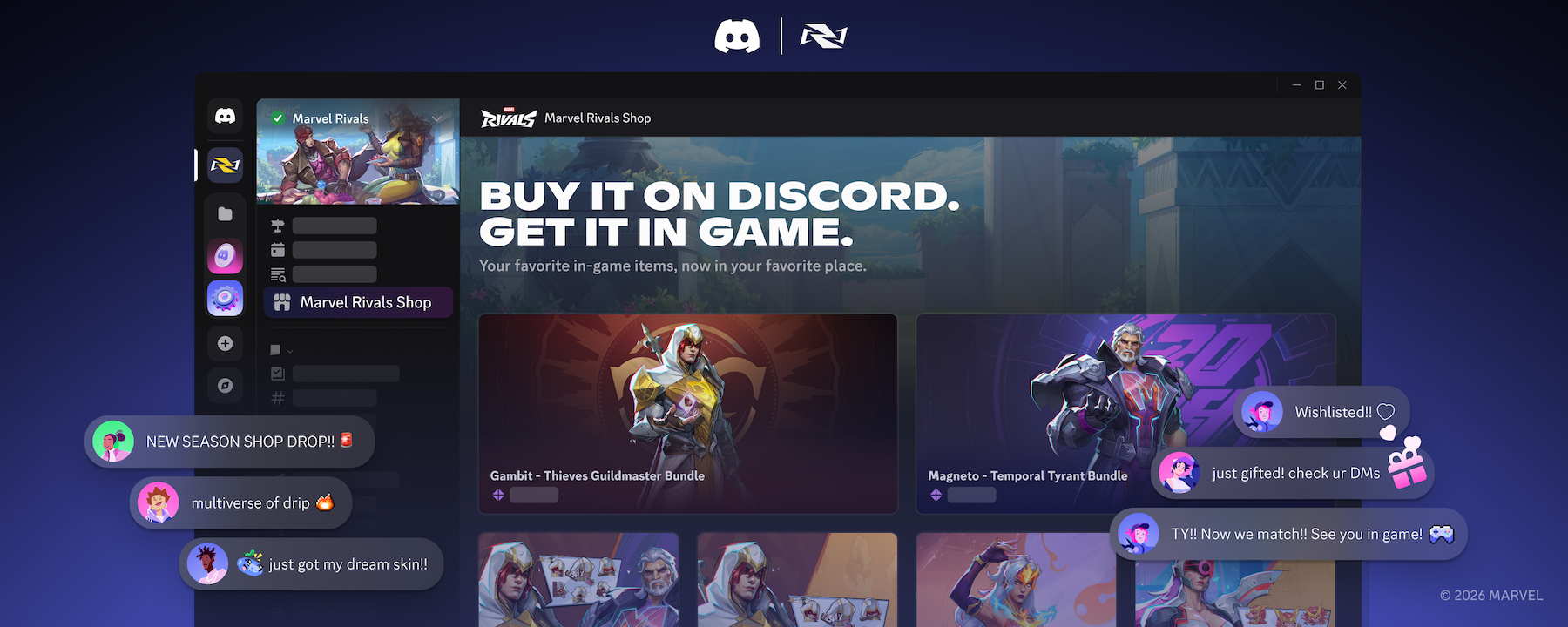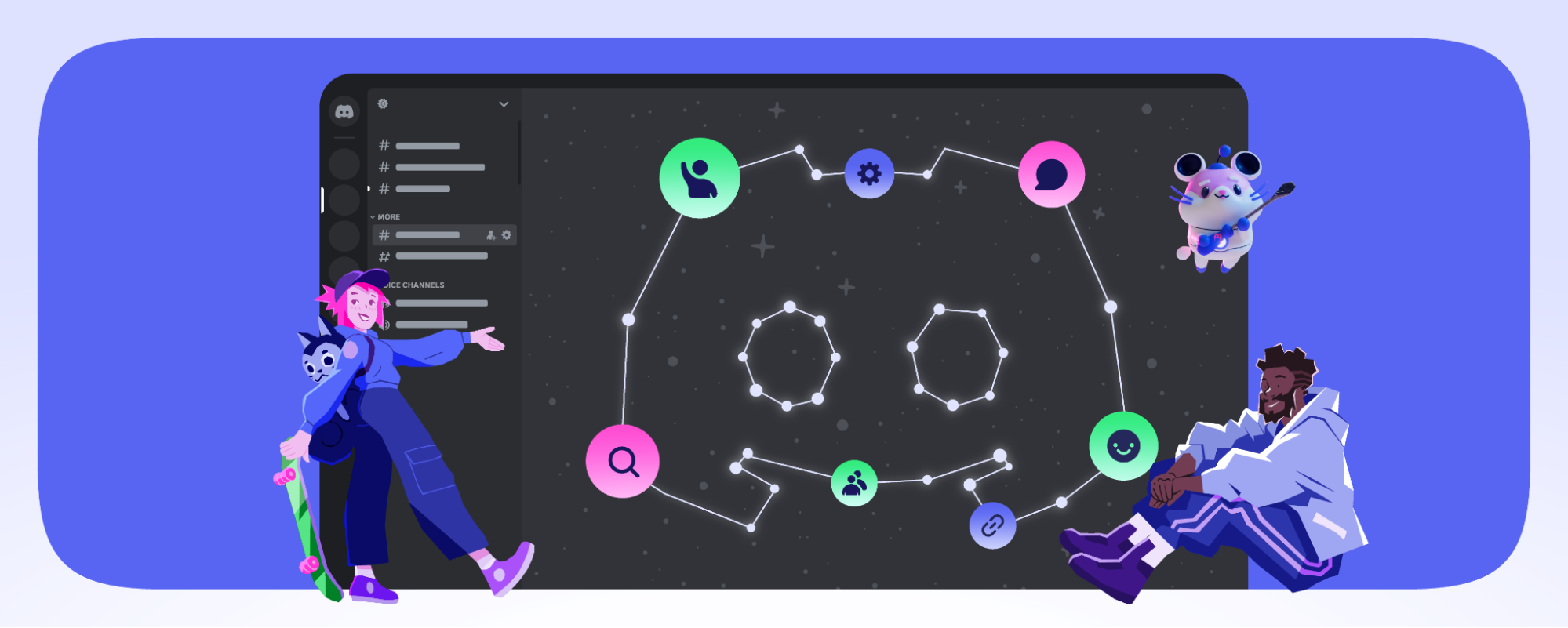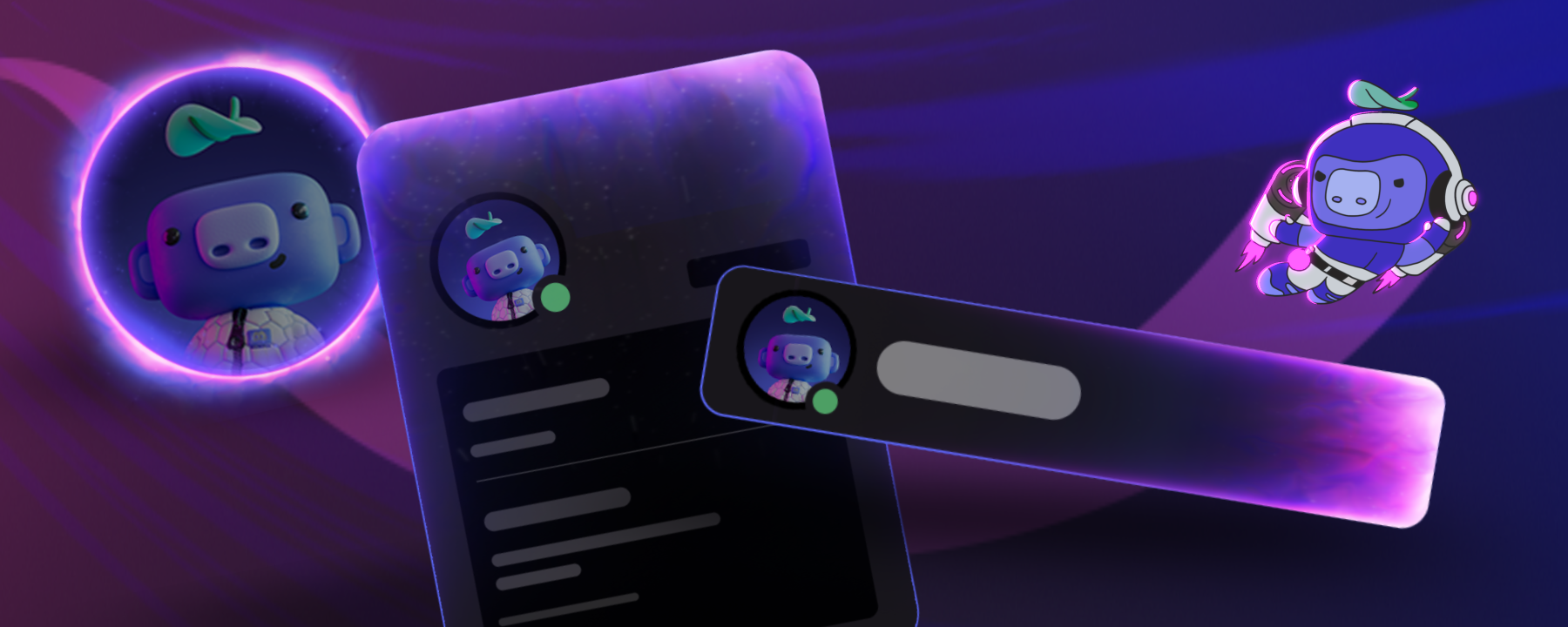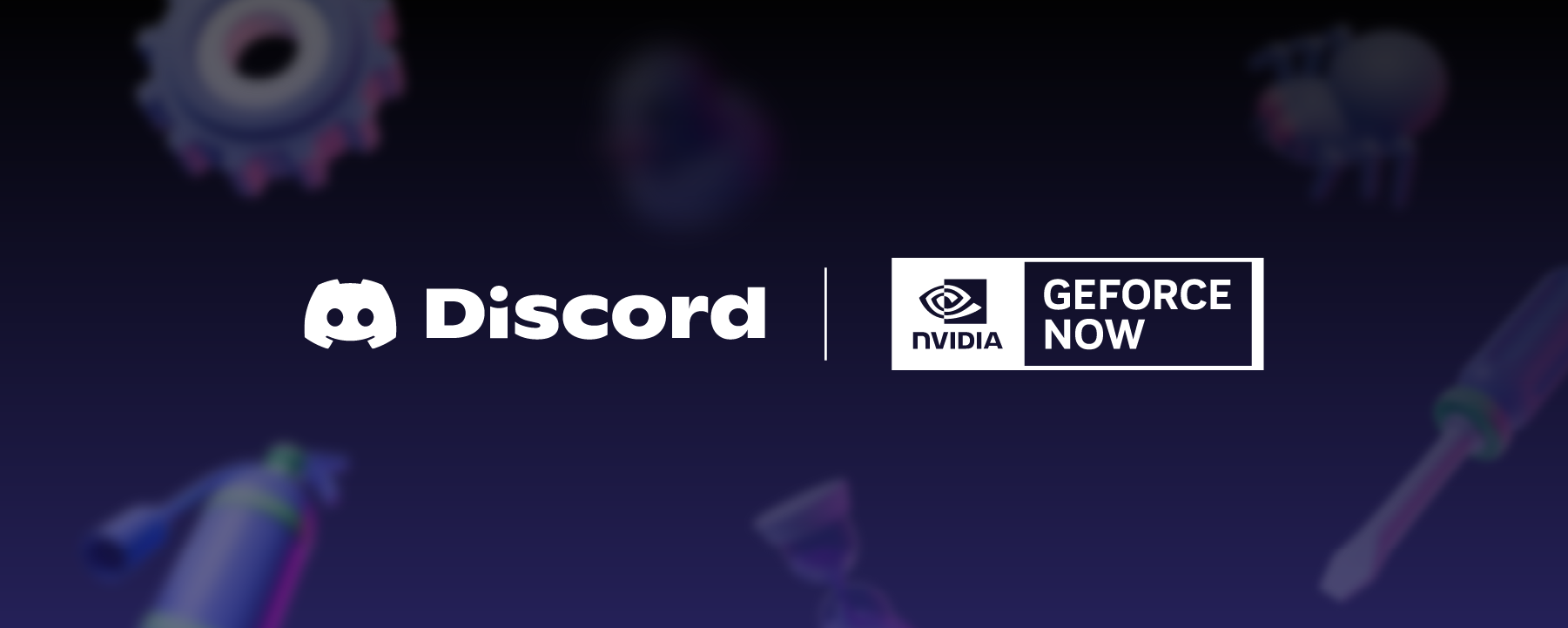So, how did the migration go?
Our transition from local development on MacBooks to using Coder was a journey full of learning and adaptation. Here's a detailed account of our migration process, the lessons we learned, and what we would do differently if we were to do it again.
The Migration
The (very) simplified migration plan looked like this:
- Solidify the experience - default experience should “just work”
- Increase broader adoption - small tests with developers, collect representative feedback, then move to open beta
- Hard cutoff - solid docs, wider training, support channels, and fully deprecate backend dev on MacBooks
Our migration started with the “easy” work of creating the dev container, installing system dependencies, setting up user accounts, permissions, and any pre-existing software that needed to be installed. Investing a little into our own automation to make our feedback loops fast was important for velocity during this time.
I said “easy” work above, because these types of migrations are not just technical problems, but largely people problems. It’s easy to miss how much work it takes to execute a large migration impacting the entire engineering org. We needed to understand what kinds of experiences people would be missing, what they would need to learn, and where they would feel the most pain. We conducted interviews, got early feedback, and of course, dogfooded the environment ourselves.
To gain widespread adoption within the company, we identified and recruited "champions" from various departments who were enthusiastic about tooling. These individuals helped test the new environment and provided regular feedback. The diversity in day-to-day loops and needs was crucial, as it allowed us to identify a wide range of issues that could arise during daily development. We found numerous issues through this process and collaborated closely with these early beta testers to address their concerns. We benchmarked different build tools, conducted network load tests, and ensured that the most common development loops remained functional and efficient.
We believe that if we develop and deliver tools that enhance engineering experiences, developers will be naturally incentivized to adopt the new functionality. We understood a hard cutover date would be required since there will always be some who resist change, but we strived to offer such a compelling experience that people would opt to transition independently. Of course, we nudged people to try Coder when their MacBooks had issues, but we saw a reassuring number of individuals willing to experiment with the remote environment.
With the arrival of Apple’s M1 ARM-based silicon, we accelerated our timeline and decided to move quicker on the cutoff date. New M1 laptops were starting to ship to developers and we found several issues running our backend stack on the new hardware. Rosetta emulation worked for some applications, but not all. When we discovered that the only new hardware available was Apple Silicon, we decided to fast-track milestone 3, deprecate MacOS-based backend development, and choose an accelerated timeline for the transition.









.png)
.png)
















Nameplates_BlogBanner_AB_FINAL_V1.png)


_Blog_Banner_Static_Final_1800x720.png)


_MKT_01_Blog%20Banner_Full.jpg)





























.png)











.png)

















